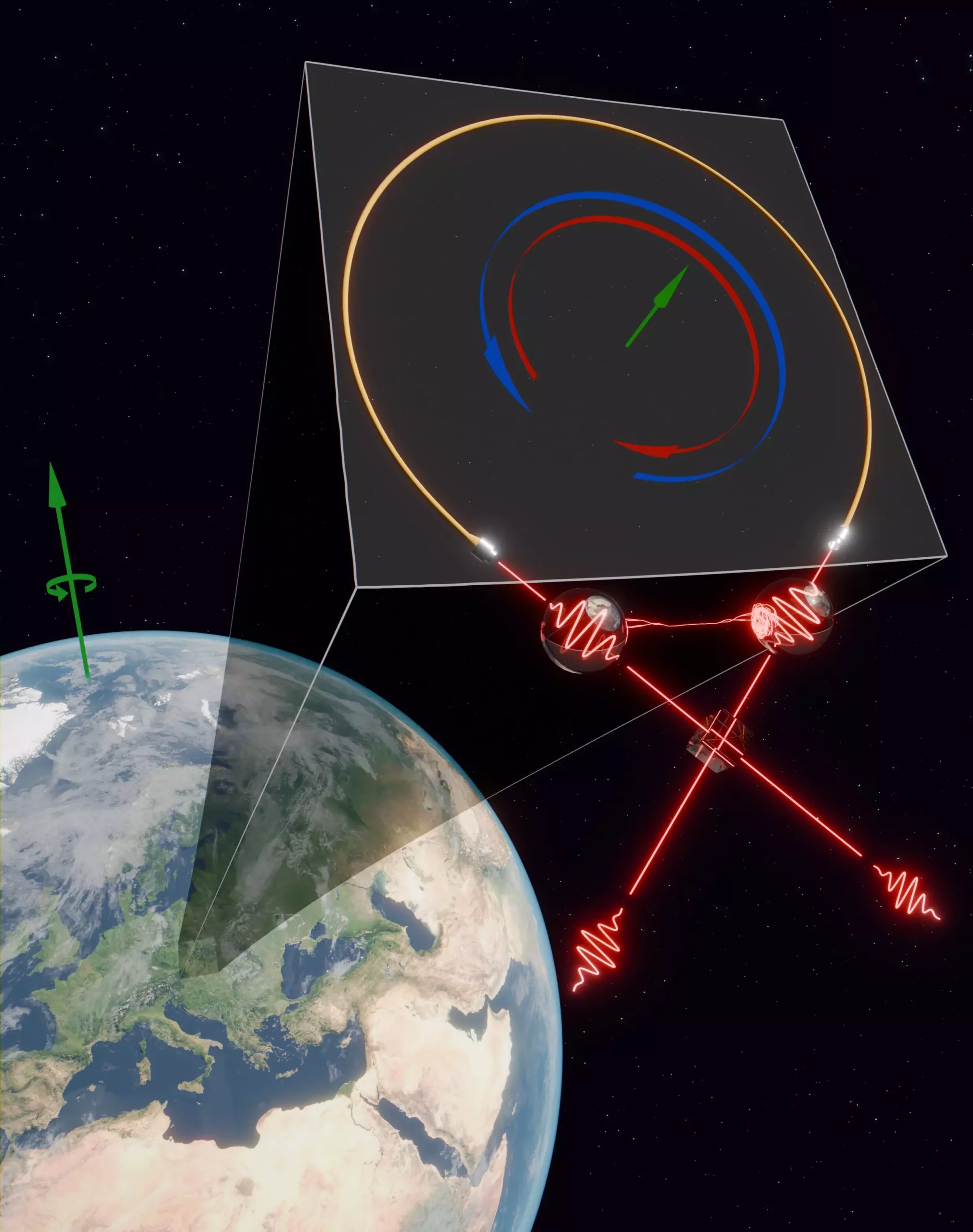A recent study led by Philip Walther at the University of Vienna has made significant advancements in the field of quantum physics by conducting an experiment to measure the effect of Earth’s rotation on quantum entangled photons. The findings, published in Science Advances, have opened up new possibilities for exploring the intersection between quantum mechanics and general relativity.
Optical Sagnac interferometers have long been regarded as the most sensitive devices for measuring rotations and have played a crucial role in our understanding of fundamental physics. These interferometers, based on the principles of Einstein’s special theory of relativity, have unparalleled precision in measuring rotational speeds. However, their sensitivity has been limited by the constraints of classical physics.
The use of quantum entanglement in interferometers holds the promise of surpassing the limitations of classical physics. When particles are entangled, the overall state is known while the state of individual particles remains undetermined until measurement. This unique property allows for obtaining more information per measurement than would be possible without entanglement.
The team of researchers in Vienna constructed a massive optical fiber Sagnac interferometer that exhibited superior rotation precision compared to previous quantum optical Sagnac interferometers. By maintaining low and stable noise levels for several hours, they were able to detect high-quality entangled photon pairs, enabling them to achieve a thousand-fold improvement in rotation sensitivity.
One of the main challenges faced by the researchers was isolating Earth’s rotation signal from their measurements. To address this issue, they devised a clever solution by splitting the optical fiber into two equal-length coils and connecting them via an optical switch. By toggling the switch on and off, the rotation signal could be effectively canceled, allowing for extended stability of the apparatus.
The successful observation of the effect of Earth’s rotation on a maximally entangled two-photon state marks a significant milestone in the field of quantum physics. The experiment confirms the interaction between rotating reference systems and quantum entanglement as described in Einstein’s special theory of relativity and quantum mechanics. The findings have the potential to pave the way for further improvements in rotation sensitivity and future experiments exploring the behavior of quantum entanglement in spacetime.
The groundbreaking experiment led by Philip Walther and his team in Vienna has pushed the boundaries of rotation sensitivity in entanglement-based sensors, showcasing the potential for new discoveries at the nexus of quantum mechanics and general relativity. The results of this study not only represent a significant advancement in the field of quantum physics but also open up exciting possibilities for future research in the realm of quantum entanglement.


Leave a Reply